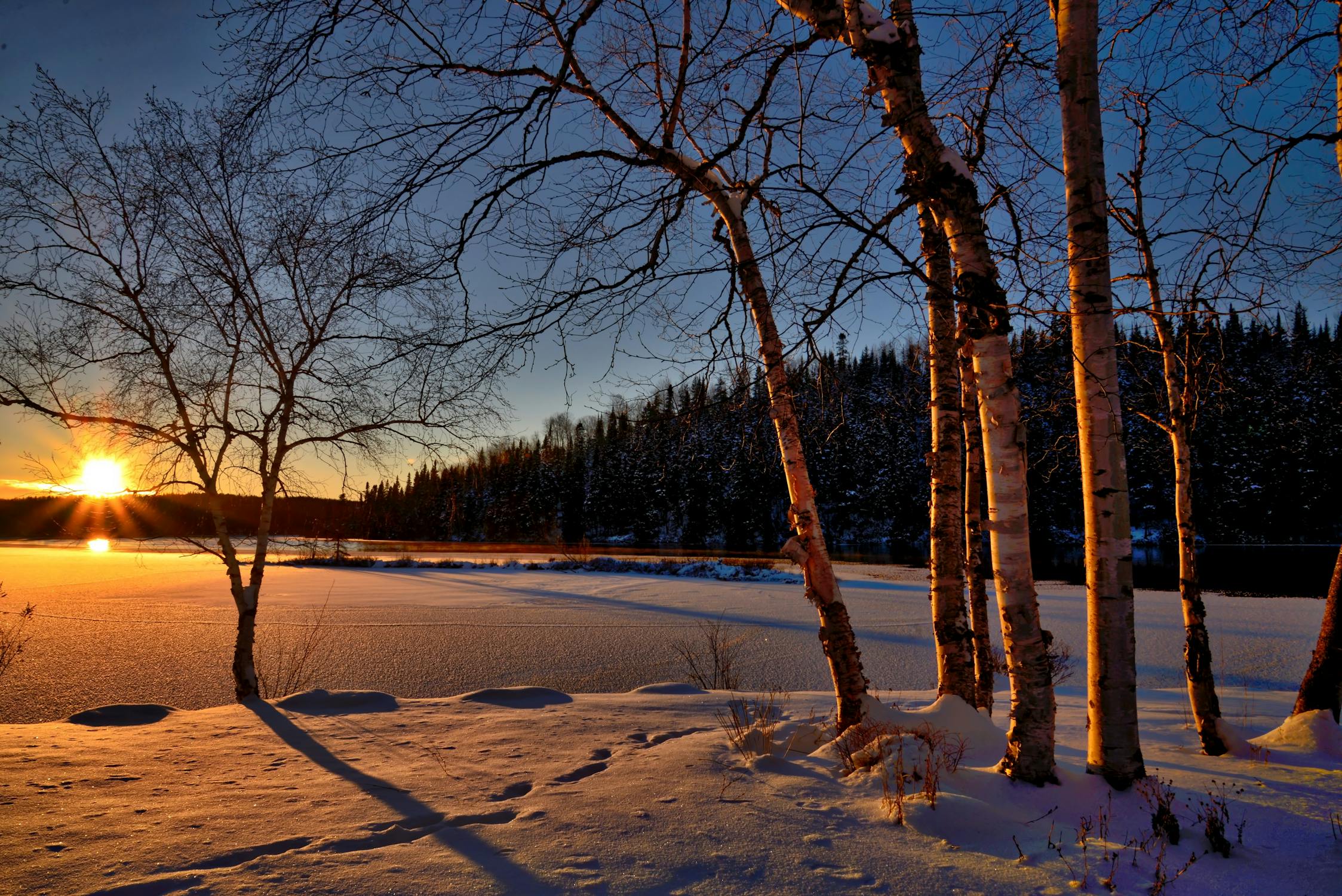Tips for Winter Landscape Photography
The serene beauty of snow-covered scenes, the crisp air, and the soft light can create stunning images, but capturing these winter moments requires a different approach compared to other seasons. Grasping the ways to work with the winter elements is key to making the most of your photography sessions.
The winter environment provides both opportunities and obstacles.

Snow and ice can create breathtaking textures and reflections, but they also bring cold temperatures that can affect both the photographer and their equipment. Proper preparation ensures that you can focus on your creative process rather than battling the elements.
Winter light behaves differently than in other seasons. The sun stays lower in the sky, offering longer periods of golden hour light. This soft, diffused lighting can enhance landscapes dramatically. By understanding these nuances, you can elevate your winter photography from ordinary to extraordinary.
Dress Appropriately
Being properly dressed is crucial for winter photography. Layering is essential; start with a moisture-wicking base layer, add an insulating middle layer, and finish with a waterproof outer layer. Don’t forget thermal socks, gloves, and a warm hat.
Gloves are particularly important since you need to keep your hands warm while maintaining dexterity to operate your camera. Consider gloves with removable fingertips or special touchscreen-compatible gloves so you can adjust your settings without exposing your skin to the cold.
Footwear should be waterproof and insulated to keep your feet dry and warm. Cold feet can quickly ruin a photography outing. Hand warmers can also be beneficial, especially during extended shoots in freezing temperatures.
Protect Your Gear
Your camera gear needs protection from the cold as well. Condensation can form when moving between different temperatures, so keep your camera in its bag until it has acclimated to the environment. Use silica gel packs in your camera bag to absorb moisture.
Batteries drain faster in cold weather, so carry extra batteries and keep them warm in an inner pocket close to your body. Switching out batteries regularly ensures that you won’t miss any shots due to dead batteries.
A lens hood can help prevent snowflakes from landing on your lens, and a microfiber cloth is handy for wiping away any moisture. Additionally, consider using a rain cover for extra protection against snow and sleet.
Mastering Exposure
Snowy landscapes often trick camera meters into underexposing images due to the brightness of the snow. To counteract this, use exposure compensation to increase exposure by +1 or +2 stops. This adjustment helps maintain the true brightness of the scene.
Shooting in RAW format gives you more flexibility in post-processing to correct any exposure issues. RAW files retain more detail than JPEGs, allowing for better adjustments without losing quality.
Pay attention to histogram readings rather than relying solely on the LCD screen's preview image. The histogram provides a more accurate representation of exposure levels, helping you avoid blown-out highlights or lost shadow details.
Utilizing Light
Winter light is often soft and diffused due to the low angle of the sun and overcast skies. This lighting is ideal for creating gentle shadows and highlighting textures in the snow.
The golden hours—shortly after sunrise and before sunset—are even more pronounced in winter, providing extended periods of warm, directional light. Plan your shoots around these times for the best results.
If shooting during midday when the light is harsher, look for subjects that benefit from strong contrasts or use natural elements like trees or rocks to break up the light and create interesting shadows.
Composition Tips
Composition is key in any type of photography but becomes even more critical when working with monochromatic scenes like snowy landscapes. Look for leading lines such as footprints or streams that draw the viewer’s eye into the scene.
Incorporate elements that provide contrast against the white snow, such as evergreen trees or colorful clothing on people within the frame. This contrast adds depth and interest to your photos.
Use reflections in ice or water to create symmetry and balance within your composition. Reflections can add an extra layer of intrigue and dimension to your images.
| Tips | Details |
|---|---|
| Dress Appropriately | Layer clothing; use gloves with removable fingertips; wear waterproof boots. |
| Protect Your Gear | Use silica gel packs; carry extra batteries; use a lens hood. |
| Mastering Exposure | Use exposure compensation; shoot in RAW; check histogram readings. |
| Utilizing Light | Shoot during golden hours; use natural elements for contrast; work with soft light. |
| Composition Tips | Look for leading lines; incorporate contrasting elements; use reflections creatively. |
Edit Thoughtfully
Edit your photos thoughtfully to enhance their natural beauty without overdoing it. Start by adjusting white balance to correct any color casts caused by snow reflecting various colors from the sky or surroundings.
Tweak exposure settings if needed but avoid pushing them too far as it may introduce noise or lose details. Enhance contrast subtly to make textures pop without losing mid-tones.
Avoid excessive saturation which can make snow appear unnatural. Instead, focus on bringing out subtle hues that are already present within the scene for a more authentic look.
Mastering winter landscape photography involves understanding how to work with challenging conditions while embracing opportunities unique to this season. Dressing appropriately ensures comfort during long shoots while protecting gear maintains functionality despite harsh weather conditions.